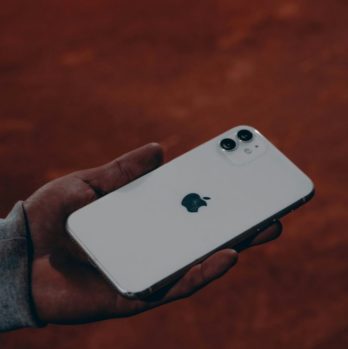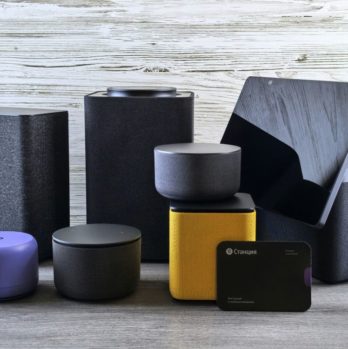Apple USB-C: A Comprehensive Guide

Introduction
Apple USB-C technology has revolutionized the way we connect and charge our devices. In this article, we will provide an in-depth overview of Apple USB-C, explore the different types available, delve into their popularity, present quantitative measurements, discuss the differences between various Apple USB-C options, and examine their historical pros and cons.
Overview of Apple USB-C

Apple USB-C, also known as USB Type-C, is a universal connectivity standard introduced by Apple. It offers faster data transfer speeds, improved power delivery, and a reversible connector that can be plugged in either way. This innovation has greatly simplified the cable clutter and compatibility issues experienced with previous USB standards. USB-C is now widely used across Apple devices, including MacBooks, iPads, and iPhones.
Types and Popularity
Apple USB-C cables come in various types to cater to different needs. The most common type is the USB-C to USB-A cable, which enables connectivity with older devices and accessories. There are also USB-C to USB-C cables, which are commonly used for charging and data transfer between USB-C devices. Additionally, Apple offers USB-C to Lightning cables for connecting iPhones and iPads to USB-C ports.
USB-C cables have gained immense popularity due to their versatility and wide adoption across modern Apple devices. With the transition to USB-C ports in newer MacBooks and iPad models, users can now connect multiple peripherals, external displays, and even charge their devices using a single cable.
Quantitative Measurements
When it comes to quantitative measurements, USB-C offers impressive capabilities. It supports data transfer rates of up to 10Gbps, enabling lightning-fast file transfers and backups. USB-C also allows for higher power delivery, with some cables supporting up to 100W, making it possible to charge even power-hungry devices like laptops.
Furthermore, USB-C can also support video output, offering resolutions up to 4K or even 5K for compatible displays. This feature eliminates the need for additional video adapters, simplifying the overall setup.
Differences Between Apple USB-C Options
While USB-C is a universal standard, there are variations in terms of functionality and features among different Apple USB-C cables. Some USB-C cables may support Thunderbolt 3 technology, which provides even faster data transfer speeds and expanded capabilities. These cables are generally more expensive but offer enhanced performance for demanding tasks like video editing and gaming.
Additionally, Apple’s USB-C to Lightning cables provide fast charging capabilities for iPhones and iPads when paired with USB-C power adapters that support Power Delivery. These cables enable users to charge their devices up to 50% in just 30 minutes.
Historical Pros and Cons
Over the years, USB-C has introduced several advantages and disadvantages. On the positive side, USB-C has simplified the user experience by offering a single cable for charging, data transfer, and video output. Its reversible connector has also eliminated the frustration of plugging it in the wrong way.
However, the shift to USB-C has also caused compatibility issues with older peripheral devices that still rely on previous USB standards. Users often need to purchase additional adapters or cables to use their existing peripherals with USB-C devices. This transition has been a source of inconvenience for some individuals, especially during the early stages of USB-C adoption.
In conclusion, Apple USB-C has transformed the way we connect and charge our devices. Its universal compatibility, fast data transfer speeds, and improved power delivery make it a desirable choice for modern Apple users. While differences exist among various Apple USB-C options, the advantages outweigh the disadvantages, paving the way for a more streamlined and efficient user experience.
[INSERT VIDEO HERE: A demonstration showcasing the versatility and benefits of Apple USB-C, such as connecting multiple peripherals and charging capabilities.]
References:
1. Apple. (n.d.). USB-C. Retrieved from https://www.apple.com/usb-c/
2. Laptop Mag. (2020, October 22). What is USB-C? The Complete Guide to the Universal Charging Port. Retrieved from https://www.laptopmag.com/articles/usb-type-c-faq











